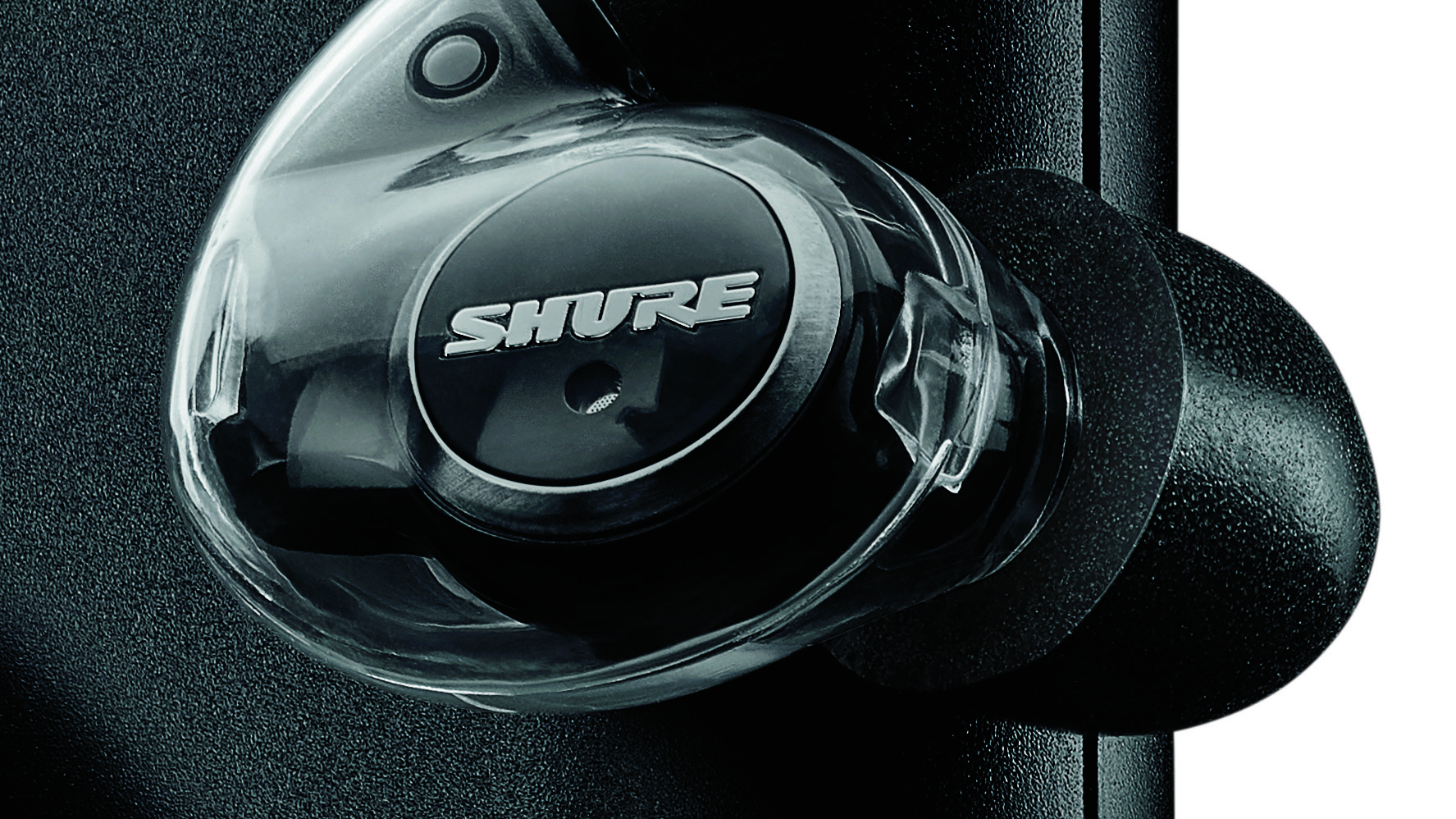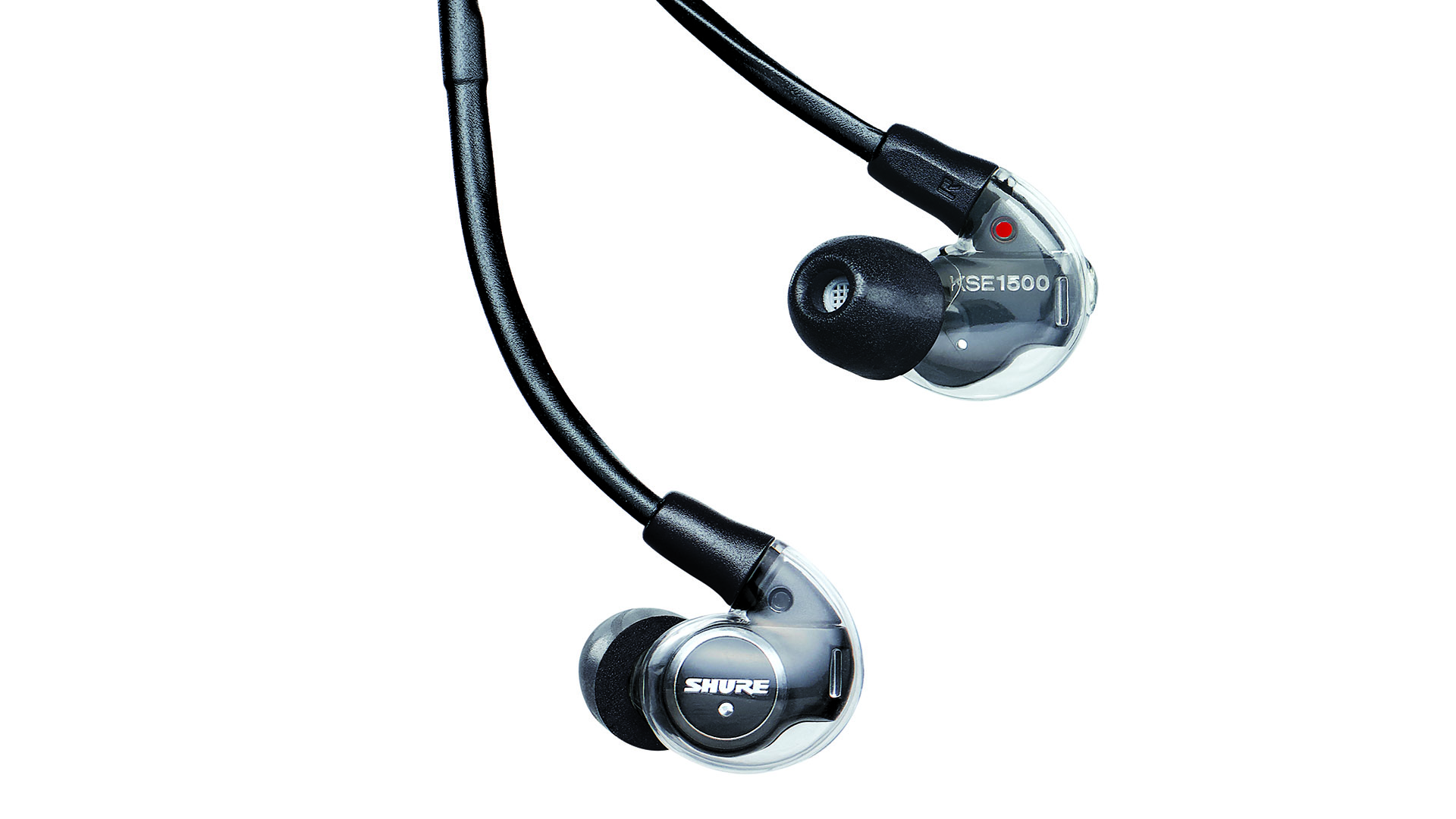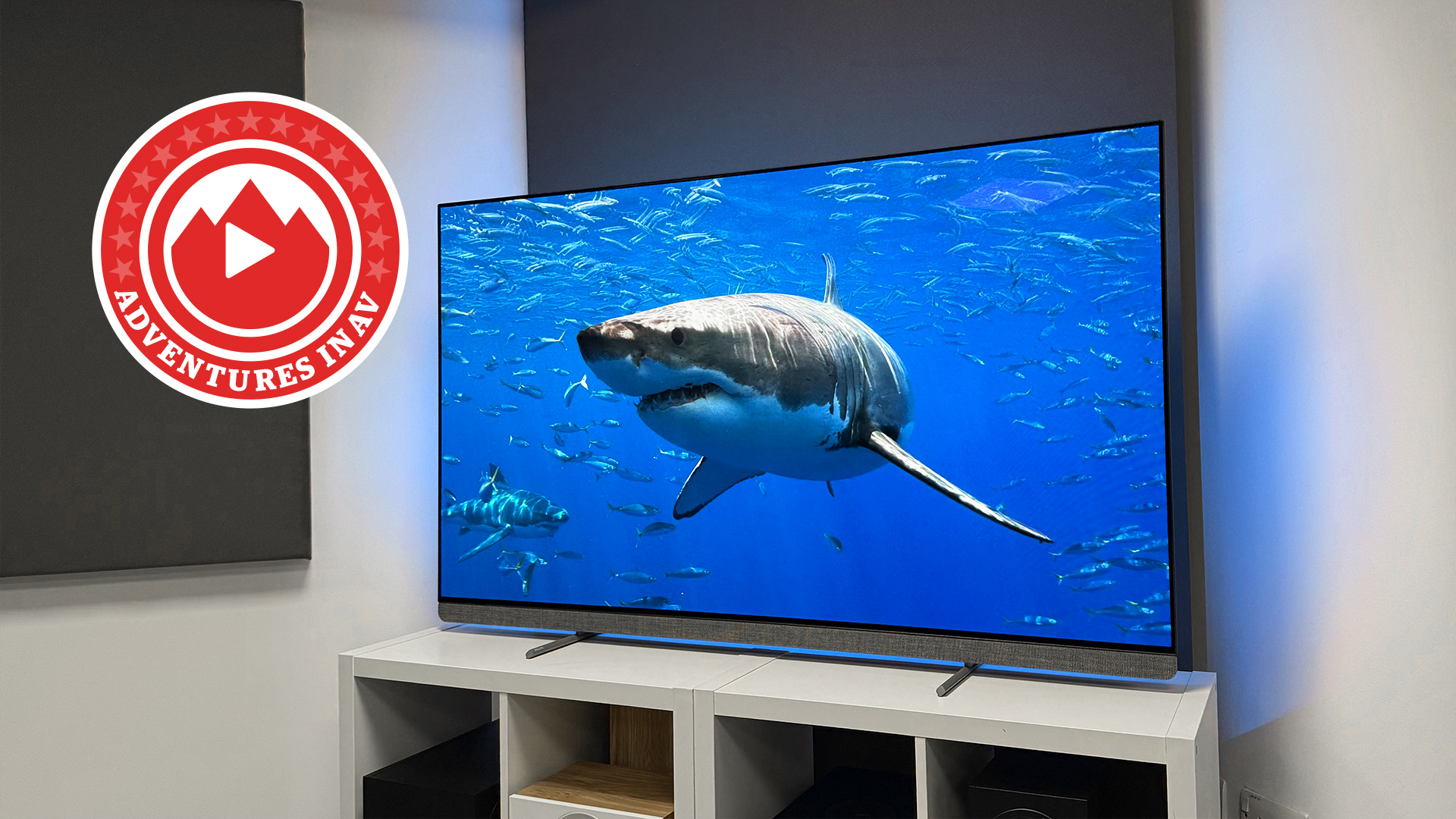What Hi-Fi? Verdict
If you want the best sounding in-ear headphones on the market, the KSE1200s are a good place to start
Pros
- +
Astonishing detail and agility
- +
Even tonal balance
- +
Composure, insight and clarity
- +
Comfort
Cons
- -
Partnering amp adds bulk
- -
Scarcity of appropriate sources
Why you can trust What Hi-Fi?
If we had to name the best sounding in-ear headphones we’ve heard, it’s fair to say that Shure’s KSE1500s would top the list. We reviewed these electrostatic buds back in 2016, and their combination of clever engineering and brilliant sound was enough to bag five stars and our whole-hearted affection.
The KSE1500s are eye-wateringly expensive though, costing around £2550 in most retailers. While that’s serious money for in-ears, their superb sound goes a long way to justifying that hefty price. We’re less understanding about the supplied amp’s digital-to-analogue conversion circuitry, which loses a decent chunk of subtlety and authority compared with the 3.5mm line input.
That’s where the KSE1200s come in. Despite the new model number, these are the KSE1500 in-ears with a simplified, analogue-only amplifier. That amp now has only one input, a 3.5mm jack. Considering the lack of quality of the older model’s DAC circuitry, that’s not a great loss, nor do we much miss the original’s range of equalisation features. The reduction in price doesn’t hurt one bit of course, but even so, these headphones remain a pricey proposition.
Build

Why does Shure supply an amplifier in the first place? Electrostatic headphones have particular electrical requirements that mean they can’t simply be plugged into any old headphone output. Such headphones work by having a highly charged, light diaphragm between two metal grids. The music signal is fed to those grids and the diaphragm moves back and forth between them as the polarity of the music signal changes, so moving air and producing sound.
The electrostatic driver used here is a wide-bandwidth design having a claimed frequency response of 10Hz-50kHz (though no roll-off limits are quoted). That wide response allows Shure to get away with using just a single drive unit, which comes with the promise of improved cohesion and greater phase consistency than a multi-driver alternative.

Cable length 92cm
Sound isolation 37dB
Weight 44g
Dimensions (hwd) 9.3 × 5.3 × 2.1cm
Finishes 1
It all sounds simple, but it’s hard to get right thanks to the high voltages and other practical demands of electrostatic operation. Shure took eight years to develop those original ’1500s to the point where they could be put on the market.
Why go to all that trouble? It comes down to sound quality. A well-engineered electrostatic driver will tend to have lower distortion and a faster response than any alternative technology, thanks to the diaphragm’s low mass and the fact that its entire surface is driven. But you do need a dedicated amplifier that provides power for the unit to operate as well as delivering the music signal. The inclusion of this amplifier adds considerably to the cost.
The latest hi-fi, home cinema and tech news, reviews, buying advice and deals, direct to your inbox.
The KSE1200s' amp is a nicely built unit that weighs in at just 155g and takes up a little less space than a pack of cards. We like its solid build and the overall finish is lovely, as is the feel of the knurled rotary volume control. It comes in black only.

On the back, there’s a micro USB input for charging the internal battery – a conventional 5V/0.5-1.0A charger will do. Shure claims up to 12 hours of use on a full charge, though much depends on the source material and volume level you listen at. Next to the micro USB is a sliding switch to attenuate the input by 10dB, in case your source doesn’t have suitable volume adjustment.
Next to the Power LED on the front panel there’s a signal strength indicator that tells you whether the input feed is at a sufficient level. On occasions, we found the input signal was too high – the laptop volume was set near maximum at the time, for example – leading to overload and obvious distortion. These headphones are so clear that such things are obvious.
That clarity can be something of an issue when it comes to system matching. An in-ear design is naturally biased towards being used out and about, so a typical source is likely to be a portable music player or smartphone with a quality portable DAC in tow.
But there are few products of either type that will do justice to these Shures. The vast majority just haven’t got the insight or sonic finesse to get close to allowing these headphones to show what they can really do. It’s something to bear in mind if you’re seriously considering buying a pair.
Comfort

We’re big fans of the shape of Shure’s in-ear designs, but take care to find the right tips, as you lose bass when the seal isn’t right. Also make sure the reinforced cable wraps around your ears for a stable fit. While the KSE1200s are not actively noise cancelling, their mechanical noise isolation is claimed to be around 37dB, which is a good amount.
While we use our iPhone 6s with Tidal to test the KSE1200’s portable credentials, we get a far better performance when using our MacBook loaded with Audirvana music playing software. File quality matters, so we use only hi-res and CD-quality music files. Wondering if we could do even better, we end up with our reference Naim NDS/555PS music streamer combination feeding directly into the Shures (using a suitable adaptor cable). Though that’s hardly a practical portable solution, it certainly shows us the Shures’ true range of abilities.
Sound

Once you have the source sorted, there’s little to complain about here sonically. We can’t think of another pair of headphones (apart from the closely related KSE1500s) that sound as clear and detailed as these.
We play Radiohead’s Everything In Its Right Place and are astonished at the clarity on offer. Thom Yorke’s vocals come through with impressive nuance and passion. Every instrumental track is rendered with precision and remains easy to follow, no matter how dense the production gets. It’s all organised with impressive composure; the Shures sound confident and in control throughout. Considering the layered and complex nature of the recording, this is no mean feat.
If you’re the kind of person who wants to hear every tiny speck of detail, these are the headphones for you. When it comes to sheer analysis, we can’t think of any better rival. The KSE1200s are terrifically responsive too, managing to track transients and the dynamic envelope of a note with unusual agility. Compared with this, even excellent high-end over-ear headphones such Focal’s Stellia (£2795) sound a little slow, soft and blurred. That’s amazing considering the high regard in which we hold those headphones.

We switch to Stravinsky’s The Rite Of Spring and the Shures continue to weave their spell with a performance that brims with insight and dynamic contrasts. There’s a strong sense of the headphones giving the listener everything on the recording, not veiling information with distortion.
Tonally these are beautifully even. It’s a pleasure to come across headphones that don’t have the fashionable emphasis on bass frequencies. That trait may sound impressive with certain genres of music, but it also affects low-end agility and tunefulness in most cases.
The KSE1200s’ weaknesses, such as they are, can be traced to shortcomings inherent in their design. Because of their drive-unit size and position relative to the ear, in-ears don’t tend to produce the kind of spacious sound good over-ear alternatives can. These Shures can’t get around that, nor can they deliver sound with the dynamic punch and absolute authority of more traditional, larger high-end designs.
Some of this is down to their electrostatic nature. While such a design has many advantages, it never seems to render the more forceful aspects of music replay with the muscle of more conventional drive-unit technologies. We suspect Shure would point you towards the talented four-driver SE846 (£869) if this aspect concerns you. But you’d have to sacrifice the sheer brilliance and transparency of the KSE1200s in the process.
Verdict
In-ears, like most types of headphones, have inherent strengths and weakness. Even the KSE1200s don’t manage to get around these. But they have a blend of strengths, particularly detail resolution, clarity and speed, that we haven’t heard bettered elsewhere. Tempted? We certainly are.
SCORES
- Sound 5
- Comfort 4
- Build 5
MORE:
Read our Shure KSE1500 review
What Hi-Fi?, founded in 1976, is the world's leading independent guide to buying and owning hi-fi and home entertainment products. Our comprehensive tests help you buy the very best for your money, with our advice sections giving you step-by-step information on how to get even more from your music and movies. Everything is tested by our dedicated team of in-house reviewers in our custom-built test rooms in London, Reading and Bath. Our coveted five-star rating and Awards are recognised all over the world as the ultimate seal of approval, so you can buy with absolute confidence.

